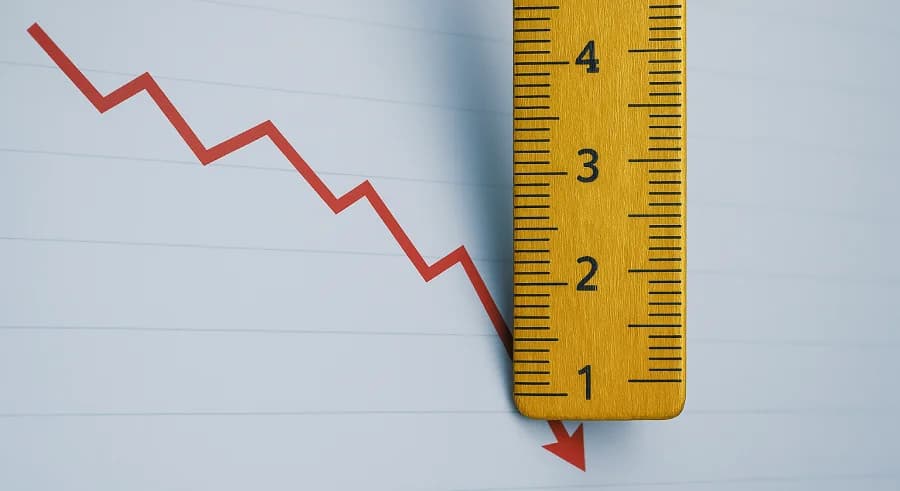In standard Google Analytics reports, there are three metrics that reflect user behavior: Bounce Rate, Pages/Session, and Average Session Duration. While Pages/Session is usually interpreted correctly, in my experience, many digital marketers misinterpret Bounce Rate and Average Session Duration. In this article, I’ll explain what bounce rate really is — and share a method to improve it (read: measure it more accurately).

According to Google's documentation, a bounce is a session where the user viewed only one page. They further clarify that a bounce is a session with only one interaction hit sent to Google Analytics servers. By default, this hit is a pageview. Once you start sending additional event data to Google Analytics, the situation changes dramatically. But let’s go back to the original definition — we’ll cover the additional events later.
As you’ve likely guessed, the bounce rate is the ratio of bounces to the total number of sessions. In other words, it’s the proportion of single-page sessions to all sessions. This “original” bounce rate doesn’t actually provide useful insights. Consider these two scenarios:
- A user searches for "buy iPhone X", clicks on a paid ad leading to an online store's iPhone X page, spends 3 minutes reading the details, and leaves after seeing the price — planning to return after payday. Google Analytics will count this as a bounce. But can we really say this user wasn’t interested? Probably not.
- Another user searches for “toy iPhone”, but ends up on the iPhone X page due to poorly targeted ads. They use the site search to check if toy phones are sold. Finding none, they leave the site disappointed. If they visited the search results page, this session won’t be considered a bounce — but was it really a quality visit?
As you can see, bounce rate is a tricky metric — and no matter how much we’d like to make it perfect, we can’t. But we can try to make it better.
Here’s the solution I suggest: Since a bounce is defined as a session with only one hit (typically a pageview), let’s send one more hit (an event) if the user spends more than a certain amount of time on the site and scrolls past a certain percentage of the page. I’ve previously written about tracking time on page only when the browser tab is active. Now, using a trigger group, we can combine that logic with scroll tracking. Let’s do it!
You’ll need the following:
Custom HTML Tag for Active Tab Time Tracking
First, create the tag and trigger following this guide. They’ll help track how long a user stays on the active tab.

Custom Event Trigger for Time Threshold
Don’t forget: the custom event will contain the timer duration.

Scroll Depth Trigger
Now, create a trigger that fires when the user scrolls past a certain threshold. For this article, let’s use 50%.

Trigger Group: Combine Scroll & Active Tab Time
Since we want the event to fire only when both conditions are met, we need to combine the two triggers. Create a trigger group:

Tag to Send Event to Google Analytics
And finally, create the tag that will send the event to GA:

IMPORTANT! Don’t forget to set the Non-Interaction Hit parameter to False.
Now, when a user views a single page but scrolls 50% of the way down and stays on the active tab for at least 30 seconds — the session will not be counted as a bounce.

If you know of other ways to measure bounce rate more accurately — share them in the comments!
If you enjoyed this content, subscribe to my LinkedIn page.
I also run a LinkedIn newsletter with fresh analytics updates every two weeks — here’s the link to join.

Web Analyst, Marketer
